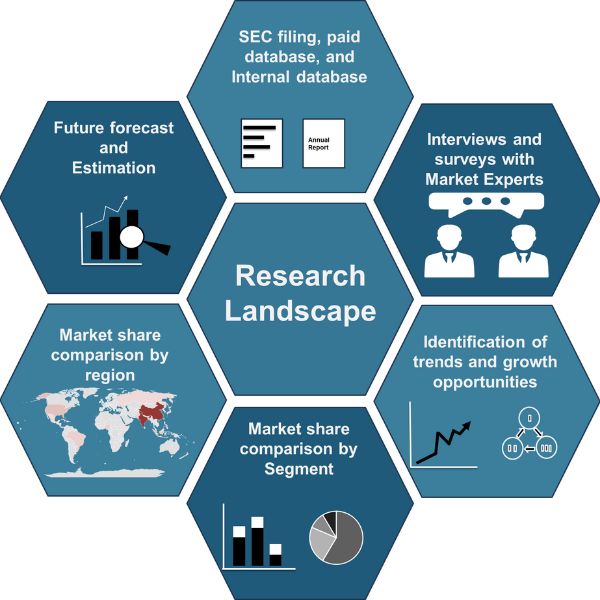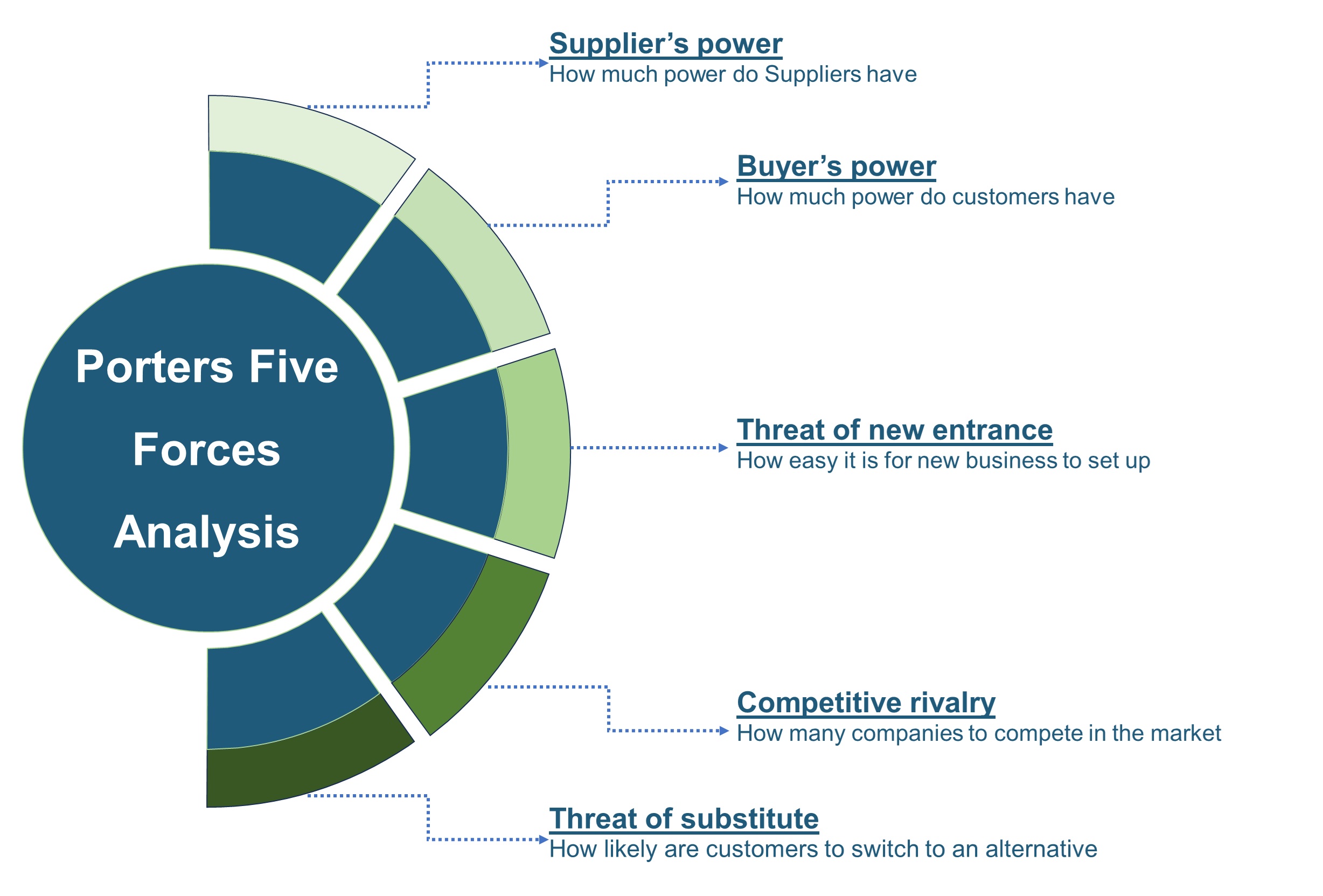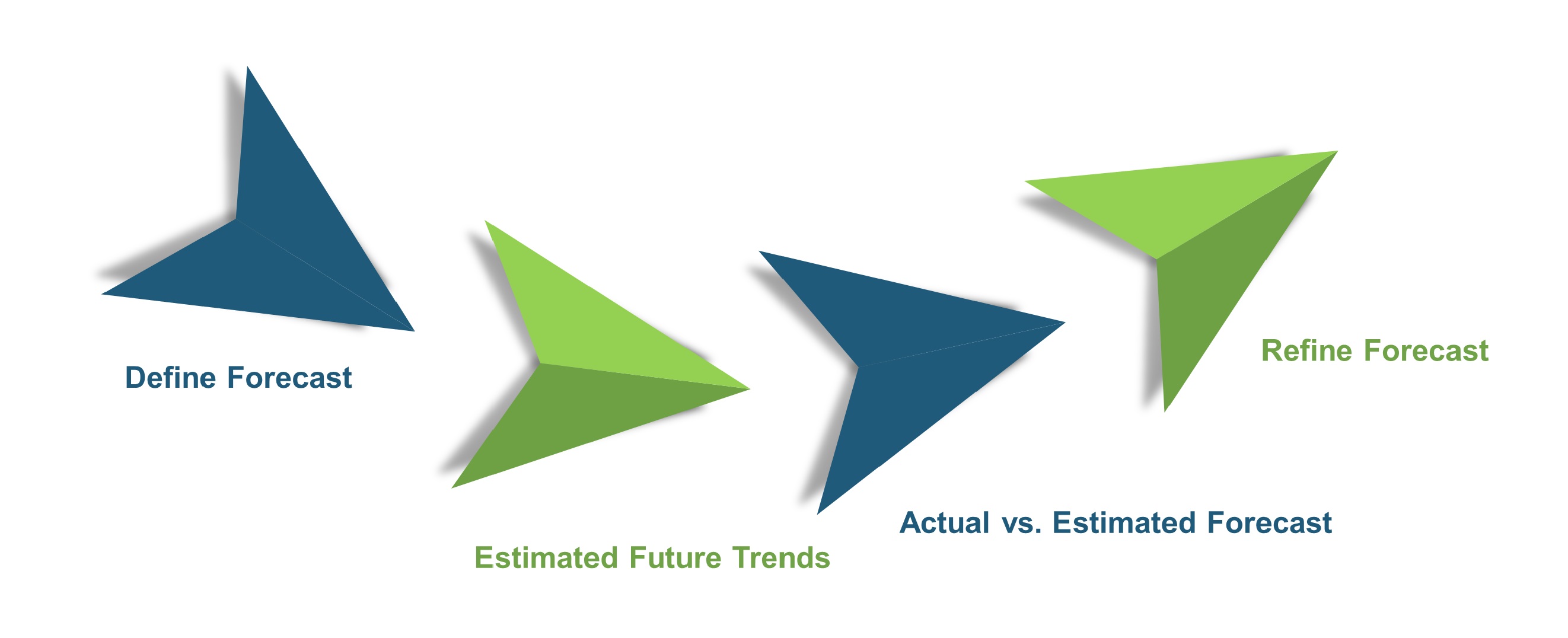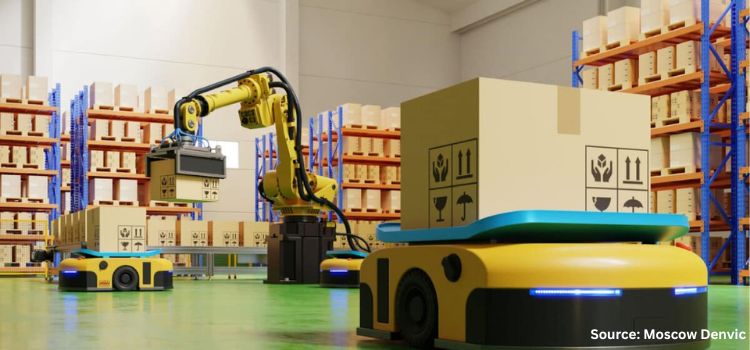
Commercial Vehicle Market by Vehicle Type (Light Commercial Vehicles (LCVs), Medium Commercial Vehicles (MCVs), and Others), by Fuel Type (Diesel, Gasoline, Electric, Hybrid, Compressed Natural Gas (CNG), and Others), by Application (Transportation and Logistics, Public Transport, Construction and Infrastructure, Emergency Services, and Others), and by End Use (Government and Public Sector, Private Sector, and Individual Consumers)– Global Opportunity Analysis and Industry Forecast 2025–2030
US Tariff Impact on Commercial Vehicle Market
Trump Tariffs Are Reshaping Global Business
Commercial Vehicle Market Overview
The global Commercial Vehicle Market size was valued at USD 1.16 trillion in 2024 and is predicted to reach USD 1.58 trillion by 2030 with a CAGR of 6.3% from 2025-2030.
Growing uptake of electric vehicles along with urbanization and advances in autonomous car technology are driving growth in the market. However high initial costs pose a significant challenge that limiting market expansion and accessibility for a broader consumer base. On the other hand, the expansion of electric and autonomous vehicles in commercial transport presents promising growth opportunities by enabling cost efficient and technologically advanced mobility solutions. Major players including BYD Auto and Tata Motors are in the midst of actively undertaking strategic moves including product development and partnerships to further consolidate their market leadership and improve their product.
Expanding Electric Vehicle Sector Drives the Market Growth
The high rate of electric vehicles adoption propels commercial vehicle market growth owing to rising demand for environmentally friendly transportation solution, government incentives, and technology breakthroughs in batteries. As logistics companies and businesses shift to electric fleets to lower emissions and operating expenditure, manufacturers are increasing their commercial vehicle offerings that are electric. The most recent report released by the International Energy Agency reported that, approximately 14 million new electric vehicles were sold in 2023 representing a 35% increase from the year before. This increase in EV adoption is fueling investments in charging infrastructure, energy storage technologies and future battery technologies further propelling market growth.
Growing Urbanization Further Boosts the Market
The growing urbanization further boosts the commercial vehicle market trends as increasing population density and expanding city infrastructure drive the demand for efficient transportation and logistics solutions. Rising eCommerce activities, urban freight movement and last mile delivery services require a robust fleet of commercial vehicles to meet the growing consumer demand.
As per the latest report published by the United Nations Population Fund Global urban population is projected to reach around 5 billion by 2030. This increasing urbanization is motivating governments and companies to invest in technologically superior and environmentally friendly commercial vehicles to maintain the traffic system and enhance operational performance.
Advancements in Autonomous and Connected Vehicle Technologies Drives Market Growth
Technological improvements in autonomous and connected vehicle technologies continue to fuel the commercial vehicle market demand as companies incorporate artificial intelligence-based systems, IoT connectivity and smart driver assistance functions to improve safety and fleet management.
For instance, in February 2025, CEA Leti initiated research and development program to enhance autonomous vehicles Via V2X communication. Moreover, in September 2024, Nissan announced to introduce autonomous drive mobility services by 2027 in several cities that supports the industry's focus on smart transportation solutions.
High Initial Costs Limiting Market Expansion and Accessibility
High upfront and operational costs restrict market growth since the high investment needed for research, development and deployment of advanced technologies is a financial burden to companies.
The Implementation of Fleet Management Solutions and Vehicle as a Service Provides Future Market Growth
The implementation of fleet management solutions and vehicle as a service provides future market growth opportunities as companies look to maximize fleet efficiency, minimize operating expenses and enhance sustainability. Through the use of advanced data analytics and real time tracking fleet management solutions allow organizations to optimize vehicle operations and reduce fuel usage.
Market Segmentation and Scope of The Study
The commercial vehicle market report is divided on the basis of type, product, end use. On the basis of vehicle type, the market is divided into light commercial vehicles (LCVs), medium commercial vehicles (MCVs), heavy commercial vehicles (HCVs), and special purpose vehicles. On the basis of fuel type, the market is divided into diesel, gasoline, electric, hybrid, compressed natural gas (CNG), and others. On the basis of application, the market is divided into transportation and logistics, public transport, construction and infrastructure, emergency services and waste management. On the basis of end use, the market is government and public sector, private sector, and individual consumers. Regional breakdown and analysis of each of the aforesaid segments includes regions comprising of North America, Europe, Asia-Pacific, and RoW.
Geographical Analysis
Asia-Pacific dominates the commercial vehicle market share due to the growing electric vehicle sector in the region driven by increasing environmental concerns and the rising demand for sustainable transportation solutions.
Countries including China along with Japan and India are heavily investing in electric vehicle infrastructure advancing electric vehicle adoption for both personal and commercial use. The IEA latest report stated that China’s sold around 8 million new EVs in 2023 marking a growth of 30% from the previous year.
Furthermore, efforts initiated by major players in the region continuously contribute to the growth of the market as companies invest in autonomous drive technologies and fleet management solutions to increase efficiency and sustainability.
Key manufacturers are introducing new products and building strategic alliances in order to match the increasing demand for commercial vehicles. For instance, in November 2024 Tata motors introduced automated manual transmission truck in order to enhance productivity and efficiency in fuel usage for customers through a robust drivetrain.
On the other hand, North America is the fastest growing region in commercial vehicles with the increasing logistics industry as expanding freight transport and need for effective supply chain management boost demand for these vehicles.
The latest report published by International Trade Administration mentioned that U.S business logistics costs reached USD 2.3 trillion that representing 8.7% of GDP in 2023. This highlights the significant role of the logistics sector in the economy presenting opportunities for growth and increased investment in sustainable and efficient transportation solutions.
Additionally, increasing urbanization enhances the market in the region as a result of growing demand for effective transport and growing commercial activities. The World Bank recent report stated that urban population of Mexico reached 105 million in 2023 up from 97 million in 2017. This increased urbanization is driving investment in smart city programs and better transit systems that is boosting market growth.
Competitive Landscape
Various players in the commercial vehicle industry includes General Motors, Tata Motor Limited, TOYOTA MOTOR CORPORATION, AB Volvo, Ford Motor Company, Volkswagen AG, Mercedes Benz Group, Mahindra & Mahindra, Ashok Leyland, BYD Auto, Isuzu Motors Limited, Honda Motor Company, Hyundai Motor Company, Mitsubishi Motors Company, Renault, Dongfeng Motor Company. These market players are opting strategies including product launches to maintain their dominance in the market.
Additionally, on September 2024, Isuzu Motors launched its new model Cab-Chassis variant to its D-MAX commercial vehicle range to better meet customer needs in various business such as perishables, FMCG, food and catering and last mile delivery.
For instance, on December 2023, Tata Motors launched all-new Intra V70, Intra V20 Gold and Ace HT+, to make first and last mile transportation more efficient. These new vehicles are engineered to carry higher payloads over longer distances with better economics.
Key Benefits
-
The report provides quantitative analysis and estimations of the commercial vehicle market from 2025 to 2030, which assists in identifying the prevailing market opportunities.
-
The study comprises a deep-dive analysis of market including the current and future trends to depict prevalent investment pockets in the market.
-
Information related to key drivers, restraints, and opportunities and their impact on the market is provided in the report.
-
Competitive analysis of the players, along with their market share is provided in the report.
-
SWOT analysis and Porters Five Forces model is elaborated in the study.
-
Value chain analysis in the market study provides a clear picture of roles of stakeholders.
Commercial Vehicle Market Key Segments
By Vehicle Type
-
Light Commercial Vehicles (LCVs)
-
Medium Commercial Vehicles (MCVs)
-
Heavy Commercial Vehicles (HCVs)
-
Special Purpose Vehicles
By Fuel Type
-
Diesel
-
Gasoline
-
Electric
-
Hybrid
-
Compressed Natural Gas (CNG)
-
Others
By Application
-
Transportation
-
Logistics
-
Public Transport
-
Construction
-
Infrastructure
-
Emergency Services
-
Waste Management
By End-Use
-
Industrial
-
Mining
-
Construction
By Region
-
North America
-
The U.S.
-
Canada
-
Mexico
-
-
Europe
-
The UK
-
Germany
-
France
-
Italy
-
Spain
-
Denmark
-
Netherlands
-
Finland
-
Sweden
-
Norway
-
Russia
-
Rest of Europe
-
-
Asia-Pacific
-
China
-
Japan
-
India
-
South Korea
-
Australia
-
Indonesia
-
Singapore
-
Taiwan
-
Thailand
-
Rest of Asia-Pacific
-
-
RoW
-
Latin America
-
Middle East
-
Africa
-
Key Players
-
General Motors
-
Tata Motor Limited
-
TOYOTA MOTOR CORPORATION
-
AB Volvo
-
Ford Motor Company
-
Volkswagen AG
-
Mercedes Benz Group
-
Mahindra & Mahindra
-
Ashok Leyland
-
BYD Auto
-
Isuzu Motors Limited
-
Honda Motor Company
-
Hyundai Motor Company
-
Mitsubishi Motors Company
-
Renault
REPORT SCOPE AND SEGMENTATION:
|
Parameters |
Details |
|
Market Size in 2024 |
USD 1.16 Trillion |
|
Revenue Forecast in 2030 |
USD 1.58 Trillion |
|
Growth Rate |
CAGR of 6.3% from 2025 to 2030 |
|
Analysis Period |
2024–2030 |
|
Base Year Considered |
2024 |
|
Forecast Period |
2025–2030 |
|
Market Size Estimation |
Trillion (USD) |
|
Growth Factors |
|
|
Countries Covered |
28 |
|
Companies Profiled |
15 |
|
Market Share |
Available for 10 companies |
|
Customization Scope |
Free customization (equivalent to up to 80 working hours of analysts) after purchase. Addition or alteration to country, regional, and segment scope. |
|
Pricing and Purchase Options |
Avail customized purchase options to meet your exact research needs. |

















 Speak to Our Analyst
Speak to Our Analyst



















